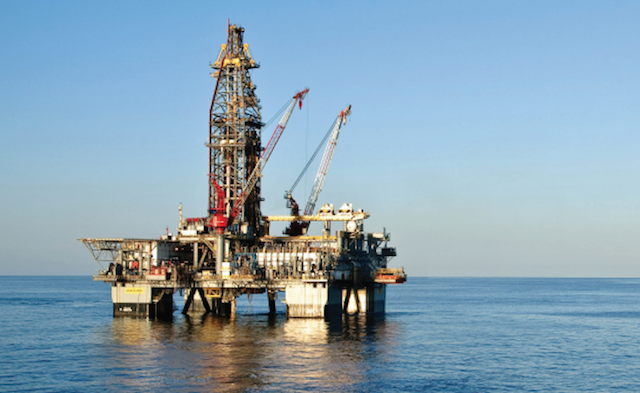A recent report that Elon Musk’s SpaceX had purchased two deepwater drilling rigs from Valaris to convert into potential launch or landing pads for rockets surprised many people. Who would have thought that offshore drilling and the space program could be related?
Well, the news brought back memories of a conversation I had with Rowan Drilling’s CEO Robert (Bob) Palmer in the aftermath of the last big industry collapse in the 1980s. Interestingly, Valaris emerged from the merger of Rowan and Ensco.
After Saudi Arabia’s Minister of Oil and Mineral Resources Sheikh Ahmed Zaki Yamani declared in 1986 that his country would no longer support OPEC’s oil price and would flood the market with cheap oil to recapture lost market share, oil prices collapsed. Sound familiar?
Offshore drilling was already struggling with too many rigs and not enough work, as oil companies cut their spending. In early 1986, worldwide offshore rig utilization was just under 70%. The Gulf of Mexico, the world’s largest offshore drilling market, was operating at only 48% utilization. No one was making money. Companies were going broke. Something had to give. What other uses for offshore drilling rigs could there be?
Rowan’s Palmer, a career employee who had started out as a roustabout and worked his way up to the C-suite, was always looking for an edge. His new, large Gorilla jackups with top-drive drilling units, were pioneering offshore drilling. An SMU engineering graduate, Palmer had led Rowan into the offshore arena. In a cost-cutting experiment in 1978, he installed sails on the elevated legs of a jackup when it was being moved between drilling locations. He figured that if the sails boosted the transit speed by one knot, he could save $6,000-$9,500 a day on a move that might cost $30,000 a day. As the world’s largest sails at 180 feet tall by 75 feet wide, they took five days to install, which killed the experiment’s economics.
During the lows of the rig depression, Palmer and I discussed alternative rig uses ranging from remote Texas prisons and fishing camps to rocket launch pads. The latter had been attempted in 1967 when NASA and Italy launched a rocket from a bottom-supported rig off South Africa. Driven by cost considerations — a Gorilla rig cost $85 million versus a new land-based rocket launch facility at $400 million to $600 million — the Air Force and Rowan began discussions. Discussions ended when the military budget was cut in 1989.
Launching rockets from rigs has been employed by companies in Ukraine and China since 1999. Economics drove the SpaceX deal. The Ensco 8500 and Ensco 8501 were purchased for $3.5 million each. The rigs had cost $500 million to build. Will people find even more exotic uses for idle offshore rigs?




